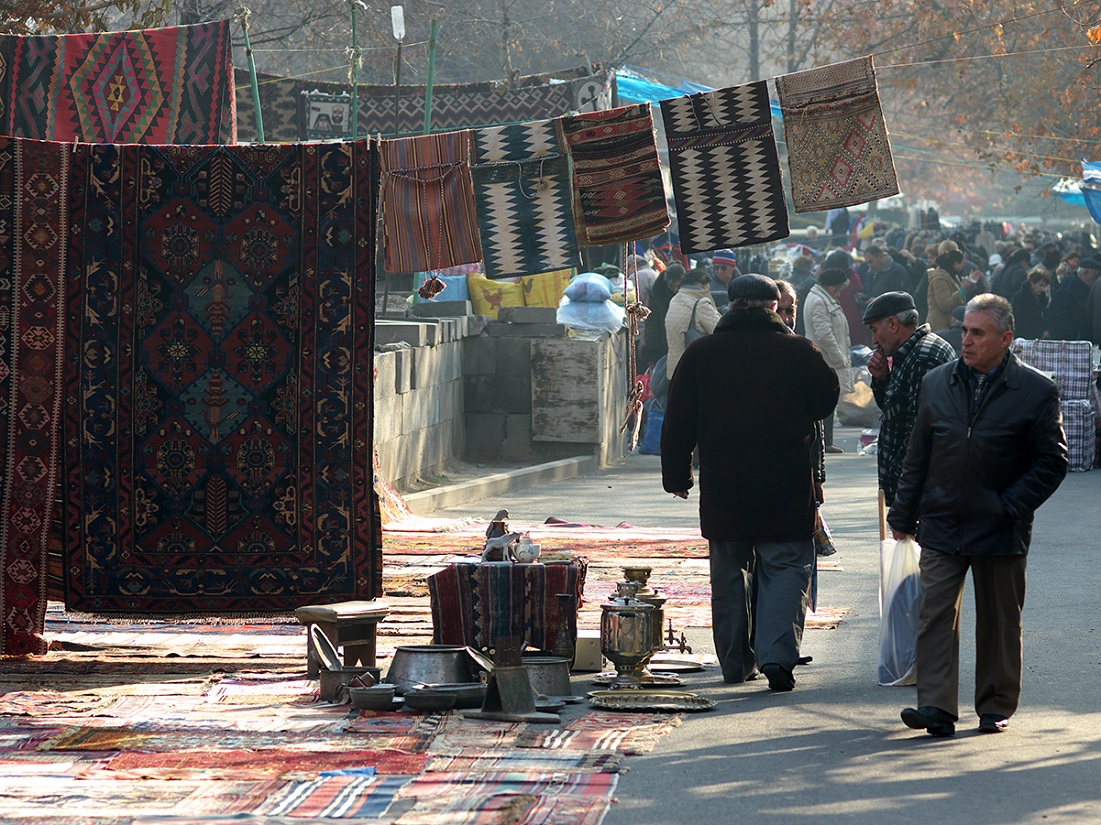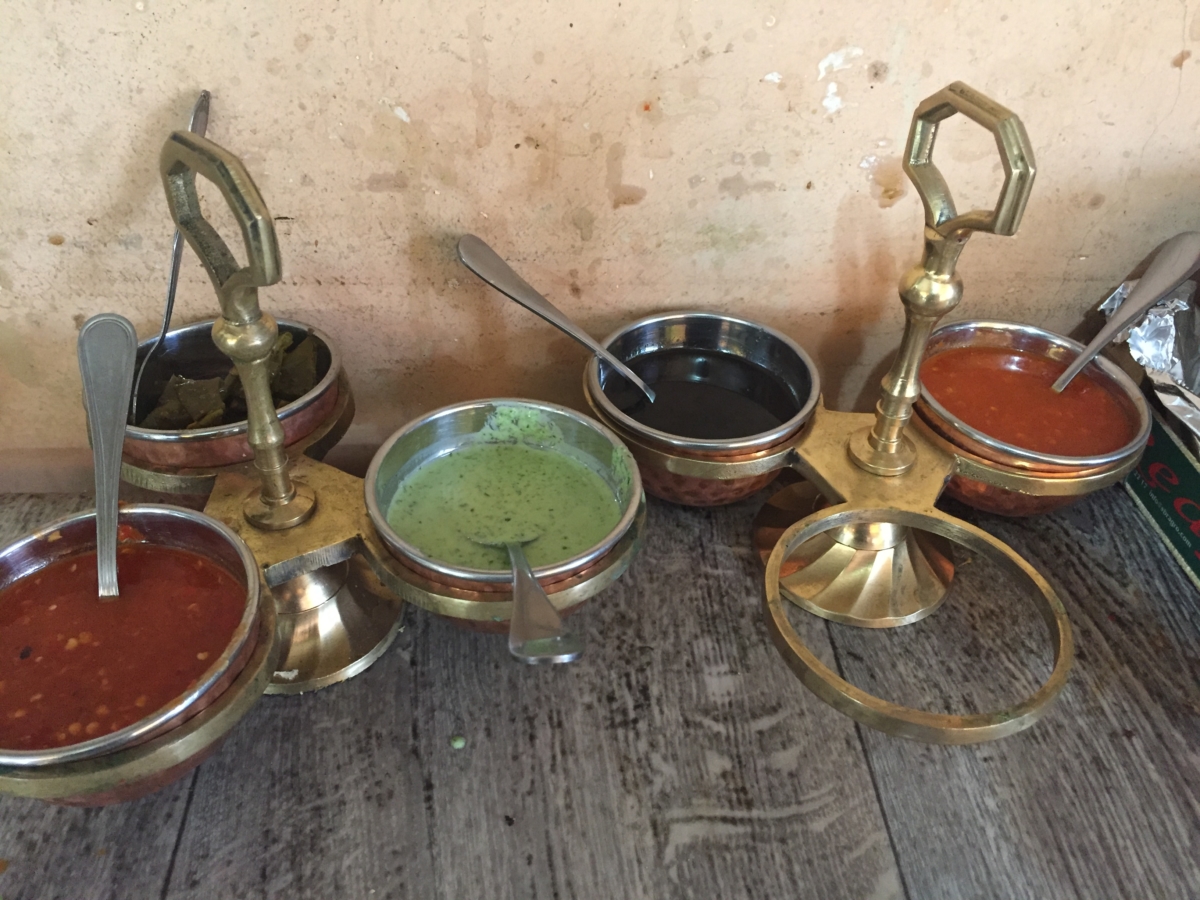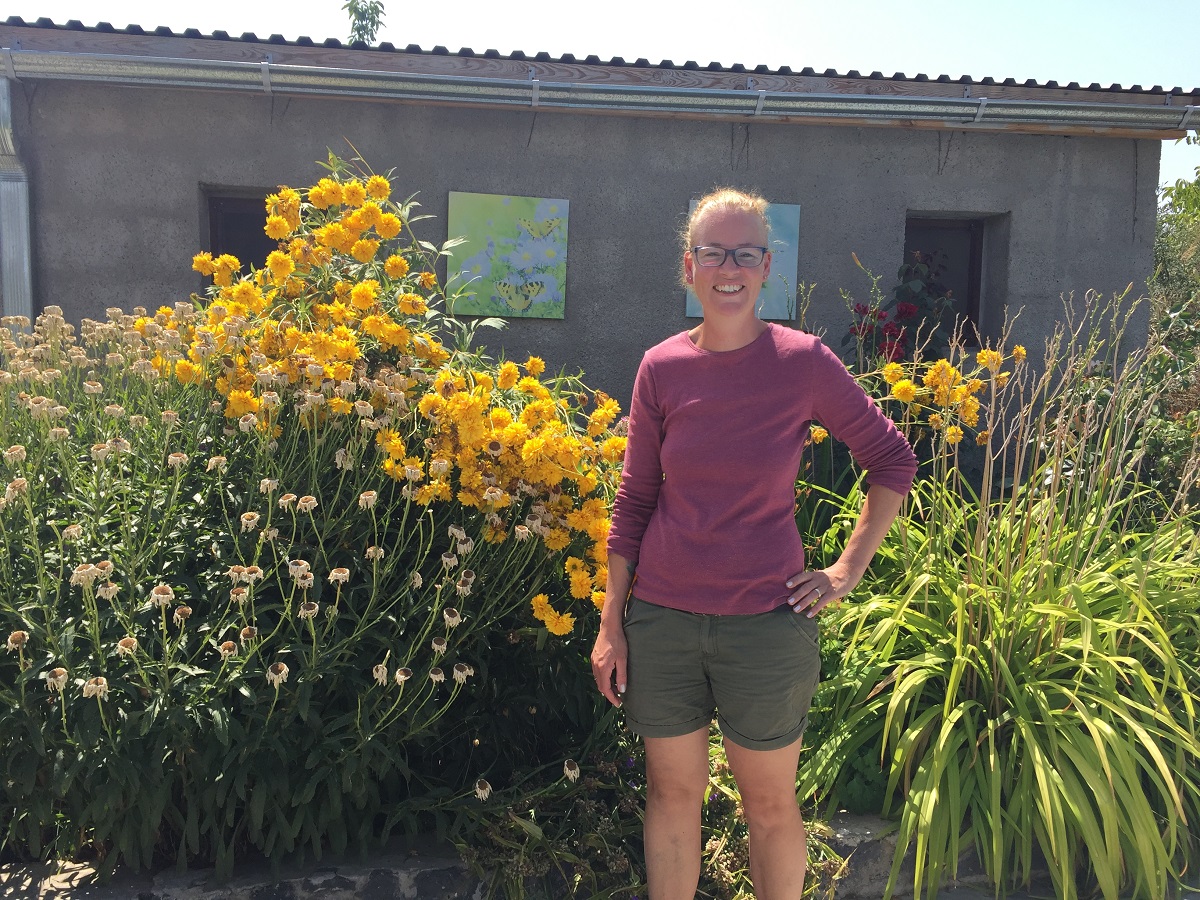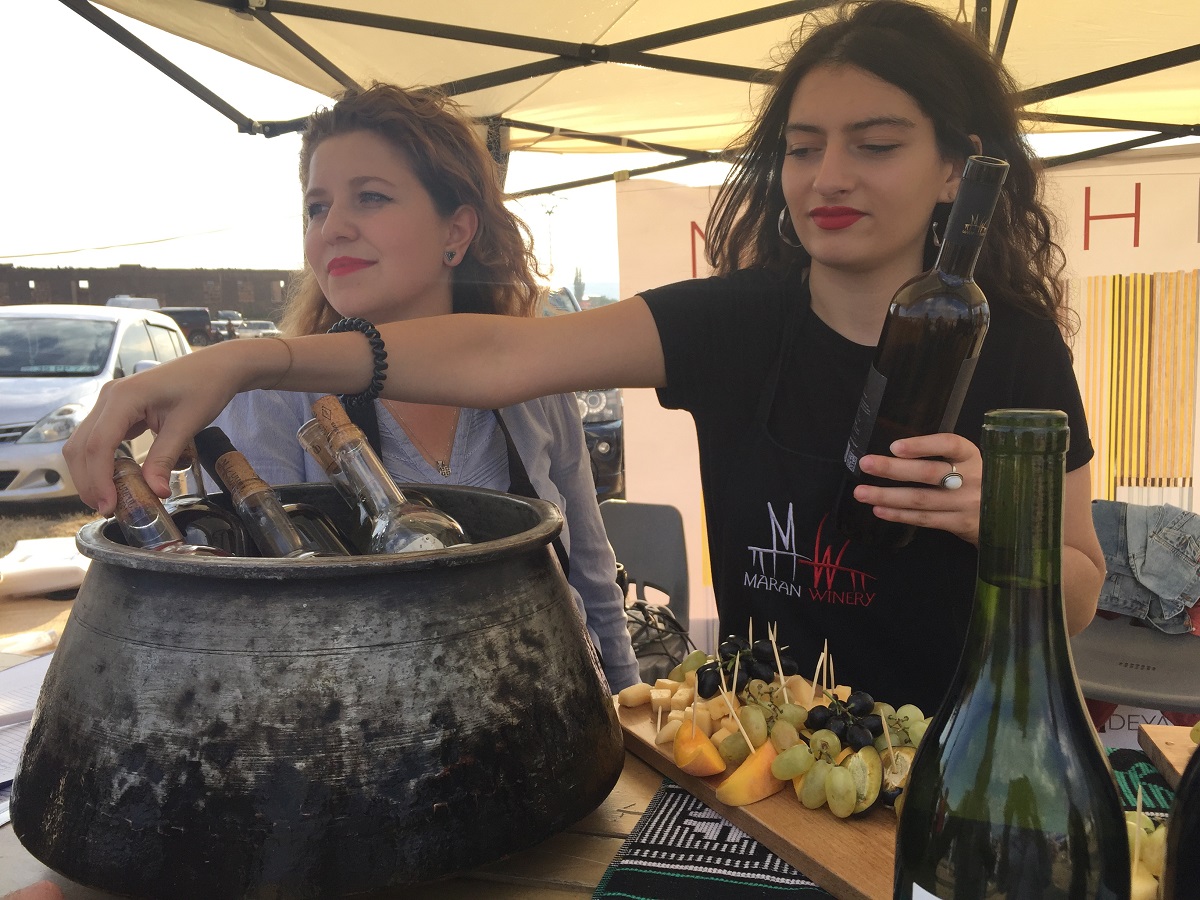“For quality wines, it’s better to grow grapes yourself”: Armenian businessmen
Production of quality Armenian wines
Armenian winemakers say they now prefer to plant their own vineyards to produce quality wine in order not to depend on farmers who pay no attention to quality. New wineries in Armenia, which have already found some success, argue that typical farming and distribution methods do not suit them.
Winemakers in Armenia have managed to improve the quality of their product significantly and enter foreign markets. And they intend to build on that success.
About Armenian winemaking – its successes and problems, and opportunities for development in the view of producers
- The secret of wines from Armenian producers
- All you need to know about Georgian wine boom
- Women-only factory tackles unemployment in vulnerable Armenian families
- Tourist business on the border of Armenia: stories of those who have started a business there
“Good wine comes from quality grapes”
Ten hectares of Trinity Canyon Company vineyard, engaged in viticulture and winemaking for the last thirteen years, are located in the town of Aghavnadzor in the Vayots Dzor region.
“Our approach to preserve and restore the principles and traditions of Armenian viticulture. We operate on the principle of terroir winemaking. Terroir is the environment in which grapes grow, the features of the terrain, soil and climate. We adhere to the principles of strict cultivation, that is, we control the amount of harvest when pruning the vine. Why? Because quality wine comes from quality grapes.
“And farmers are financially interested in getting a large harvest of grapes, since they are not related to the final product.
“So a large volume of low-quality grapes is produced. With our pruning method, we get 6-8 tons of grapes per hectare. There are farmers who get up to 20-24 tons, hence the difference in quality. You can get good alcohol from bad grapes, but hardly good wine,” says Hovakim Saghatelyan, chief executive and co-founder of Trinity Canyon.
He also says that at the heart of winemaking is love of one’s land, and one should treat the vine as one’s own child:
“You have to make wine with love and this love will be reflected in the quality of the wine. But the farmer, as a producer, naturally thinks about how to get more grapes and thus more profit. We inherited this contradiction from the Soviet era. Most serious foreign winemakers have their own garden, they know the quality of the grapes and how to get from their vineyard.”

Zaruhi Muradyan, director of the Armenian Viticulture and Winemaking Foundation, says there are many nuances in growing grapes intended for wine production. According to Muradyan, many wine companies make contracts with farmers and control the entire process, but not all growers agree to work this way.
“When there is no control, the farmer cultivates the vineyard in his own way. The problem is so serious that we are now starting an association of winegrowers to solve it. When we talk to farmers, we realize that they are concerned only with marketing their crops. They are not interested in what kind of grapes the winemaker needs, how they need to be grown, so that the winemaking company will pay well for the farmer’s grapes.
“Farmers do not even coordinate the harvest with winemakers. They collect them, load them into the car, stand in line in front of the wineries and complain that no one buys their crop. So there was a tendency to have their own gardens. I don’t know of a company that invests in winemaking and doesn’t start business from its own vineyards,” Muradyan states.
In 2016 the Armenian government declared winemaking a priority sector of the economy. From 2016 to 2022, more than 20 wine companies invested about 35 billion drams (more than $85 million) in the sector. This is ten times more than in the previous five years.
There are also more wineries. In 2016 there were 25, and by 2022 there were 111 wineries.
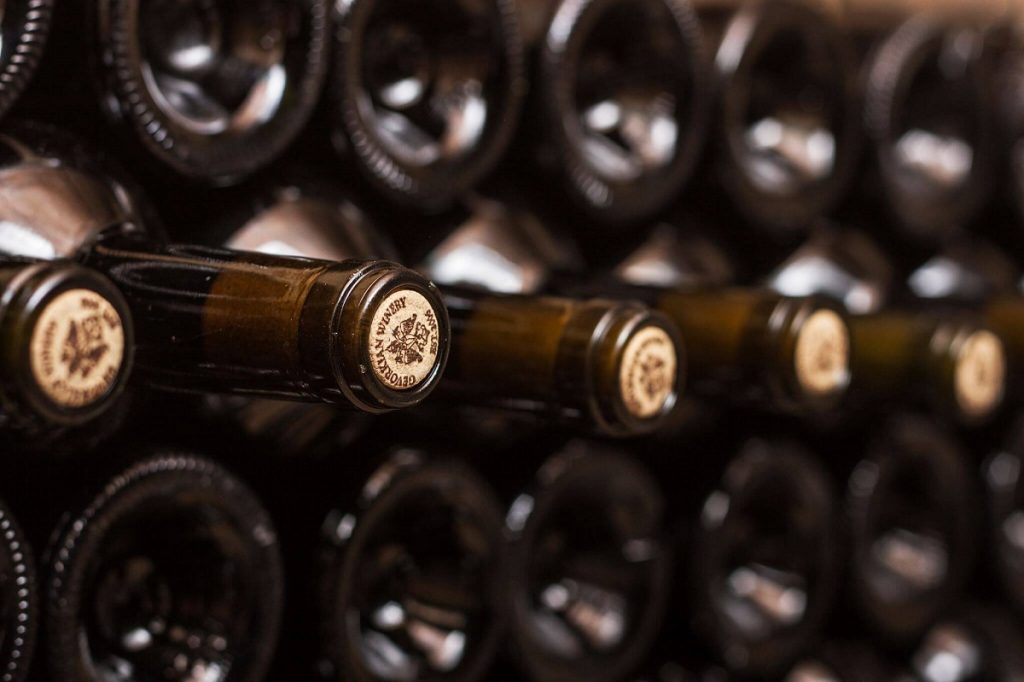
Fighting for a quality crop
Varuzhan Muradyan began planting vineyards in a rocky area in the foothills of Aragatsotn in 2008.
“For me the terroir was important, in this area there is a thousand-year history of viticulture. Of course, it was unprofitable; for two years they merely cleared the land of stones. In 2008 the first six hectares were planted, now eighteen hectares have been planted, and the grape varieties are mainly local – Areni, Haghtanak, Voskehat. Normally I am an accountant, a financier, but over the past twenty years I have retrained as a winemaker,” Varuzhan Muradyan says, founder and director of the Van Ardi company.
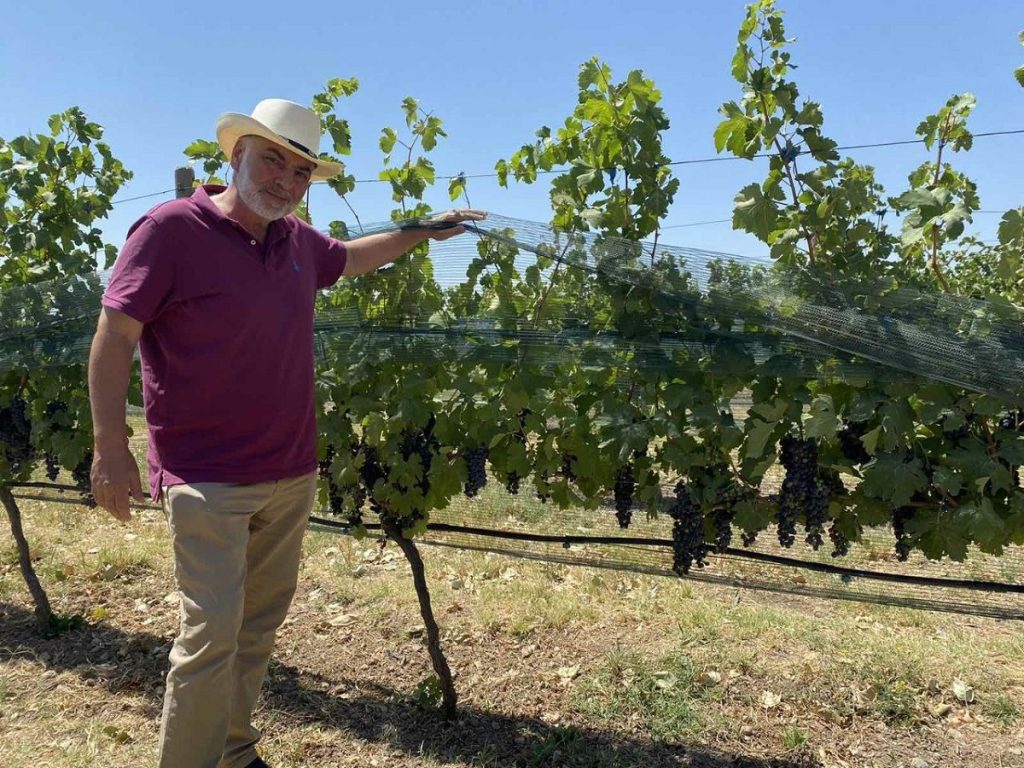
Approximately half of the company’s product, about 150,000 bottles of wine per year, is exported to the United States, European countries, Canada and Russia.
“We mainly get wine from grapes from our own gardens, but we also buy from other farmers because we don’t have enough of our own. Many farmers are planting new orchards. Six to seven hectares have been planted on this site alone. I buy their grapes, but I set preconditions – what varieties are needed, how to grow them. Our approach increases the value of grapes: we focus not on the maximum yield per hectare, but on quality,” Muradyan says.

The Trinity Canyon Company also supports farmers in producing a higher quality crop and even helps them make their own wine from their own grapes.
“We collaborated with one of the farmers and his wine turned out so successful that he began to export it, and before that he had not even thought about making wine. This is a psychological and economic problem for farmers. If there is support, they will plant new gardens, engage in winemaking; otherwise they will sell their land.
“Large producers are buying large plots, pushing small farmers out of the market. This is wrong, because in France there are wine-growing town with both small producers and large ones. And often small wineries bring glory and honor to the country,” Hovakim Saghatelyan says.
Overcoming problems and onward to development
According to winemakers, despite difficulties Armenian wine is on the way to a revival.
Varuzhan Muradyan, director of the Van Ardi company, says the winemaking sector in Armenia is successfully being developed in both quantity and quality, with the appearance of many new companies.
“In my opinion, it is very important that small and medium-sized wineries form the backbone of Armenian wine production. It is important for maintaining diversity and quality. At the same time, it is necessary to increase the recognition of our wine in the world. We will make progress in a shorter time if we organize exhibitions and other events representing our wine abroad.”
At the end of December 2021, the Viticulture and Winemaking Foundation of Armenia launched the Wines of Armenia electronic platform, through which Armenian wines became available on the European market.
“This gave companies the opportunity to be represented by a wide range, then we connect them with the buyer and they get the opportunity to sell directly – without intermediaries. We have also created the Wines of Armenia mobile app for wine lovers. Here they can get full information about events, wineries, tours. A person can register and go to the winery without a tour operator. With the app, you can find out which wine goes with which dish. We train and guide people with its help,” says the head of the fund.
According to Zaruhi Muradyan, Armenian winemaking is also expanding geographically. But while the main sales markets are Russia and Europe, the demand for fruit wines is greater in Kazakhstan, Ukraine, and China.
In 2016, the export of grape wine amounted to 1.85 million liters. By 2021 it had doubled, reaching 3.06 million liters. Export of fruit wines in 2016-2021 almost quadrupled.
“We are known for the Armenian varieties Areni, Voskehat, Lalvar, Tozot, Kangun, Haghtanak. Many countries do not have their own varieties, they use international varieties. We have a 6,000-year history of winemaking, we have terroir, traditional technology. All this makes our wine interesting,” Muradyan says.
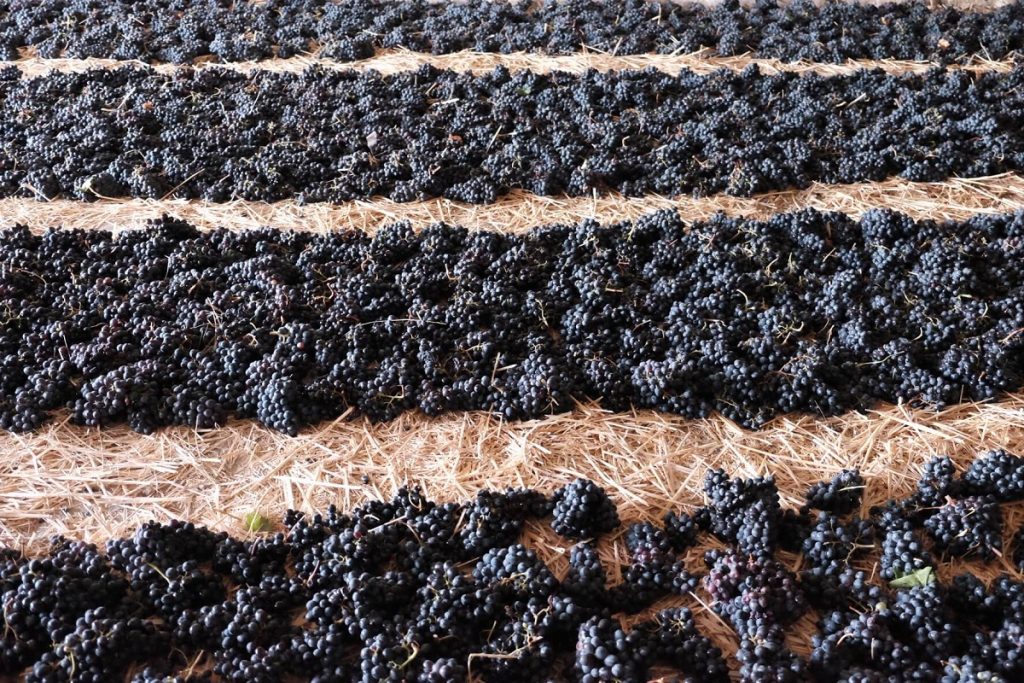
“Now in Europe they drink Armenian wine and our wines are gradually becoming recognizable. It’s an interesting process when you get to know a wine that grows on its own roots. All grapes in Europe grow on grafted American roots. There is a well-known disease called phylloxera that has destroyed the gardens of the Old World. We have a unique terroir where, for various reasons, grapes have been preserved on their roots. Europeans appreciate the authentic grape variety on their roots,” adds winemaker Hovakim Saghatelyan.
The Viticulture and Winemaking Foundation of Armenia considers the development of viticulture to be key to the quality of wine products. They have set themselves the goal of increasing the rating and competitiveness of Armenia as a wine-producing country on the international market, to achieve the creation and promotion of the “Armenian Wines” brand.
“In order for Armenia to be successful as a wine-producing country, the emphasis should be placed only on quality, terroirs, native Armenian varieties, since Armenia cannot compete with other countries in terms of volume,” Muradyan concludes.
Production of quality Armenian wines










